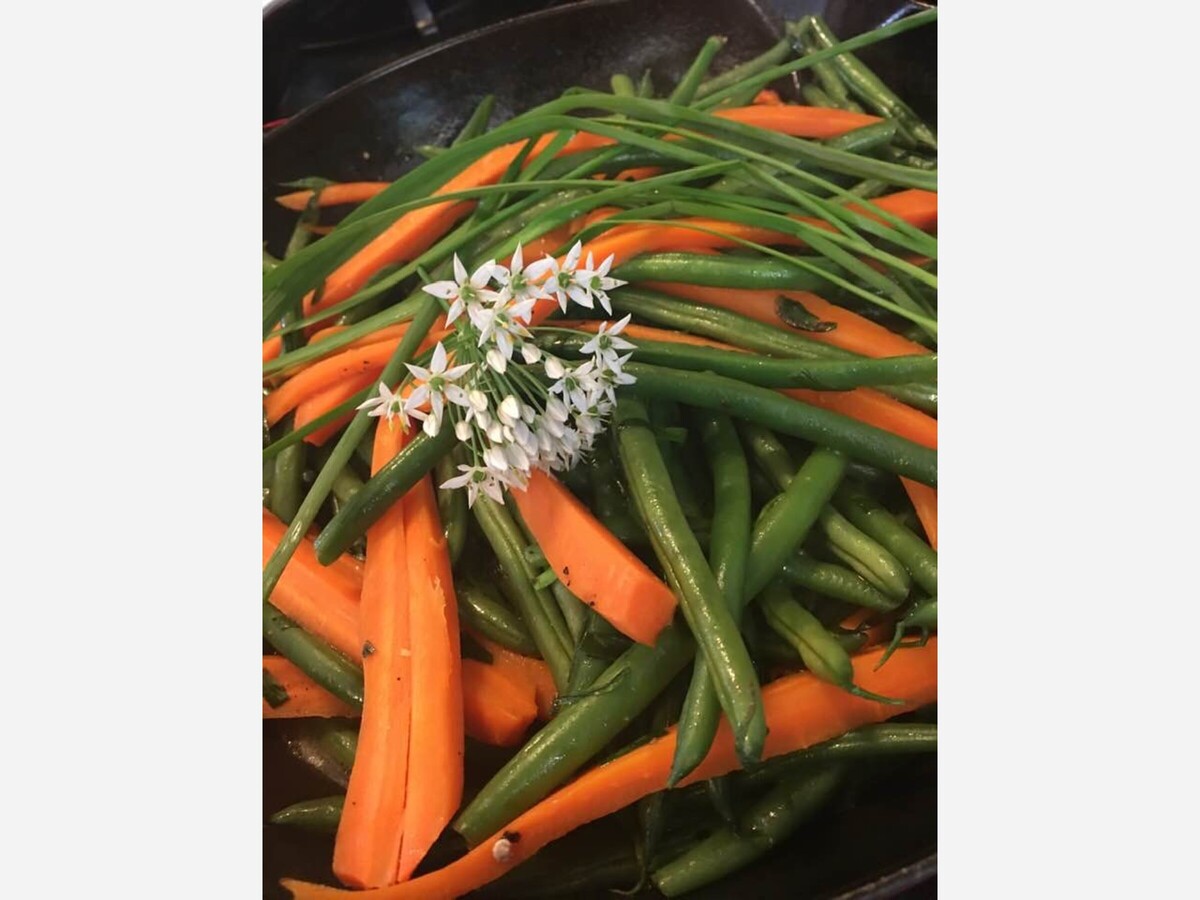Image

by Francine Black
Food historians and archeologists have traced the origin of chives back to at least 3,000 years BCE throughout China, the Balkans , and Siberia. By the 1500’s chives were a part of every respectable European garden, and we can once again give thanks to Marco Polo for that.
This wonderful perennial herb is a member of the onion family and resembles hollow blades of grass and yes, the sweetly scented flowers are edible – although they carry no strong discernible oniony scent.
The original use of chives was medicinal. In Rome, they were used to treat sunburn and sore throats, as a diuretic, and as a ward against evil spirits. The Roman Poet Marcus Valerie’s Martialis cautioned: “He who bears chives on his breath, is safe from being kissed to death.”
From a strictly gardening perspective, the sulfur compounds in their stalks act as an insect repellent, seem to control the fungal infections and mildew that damage roses, and because of their bulbous roots they’re able to control soil erosion. Yet in spite of all that, the blossoms attract bees and other pollinators.
As a culinary herb, chives impart a very mild onion aroma especially to delicately flavored food: omelets, sour cream, delicate cheese and for me, I love chives on vegetables.
In today’s lunch, they also play a key role: chicken thighs sautéed with tiny red and yellow tomatoes, and herbs, simmered in a white wine and cream reduction; fresh young green beans and carrots sautéed in chive and chive blossom butter.

High in the mountains above Bally, where the dense groves of treetops seem to touch the sky, is Francine Black, Boyertown’s own version of chef Julia Child. Her daily activities reflect the things she most values: family and friends, music, and lovingly prepared food.